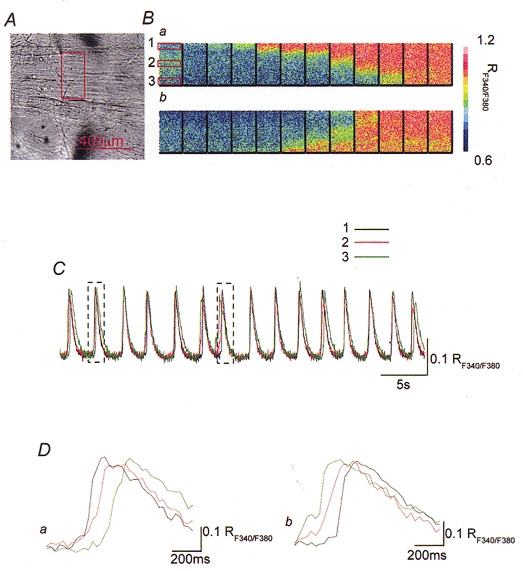Figure 2. Propagation of spontaneous increases in [Ca2+]i in the transverse direction of the bladder smooth muscle bundles.

Changes in [Ca2+]i were simultaneously recorded from areas located at a right angle to the edge of a muscle bundle. A rectangle in the micrograph of the bladder smooth muscle bundle indicates the area where [Ca2+]i recordings were made (A). A series of frames demonstrates that increases in [Ca2+]i originate from the upper boundary of the muscle bundles and spread to the lower boundary (Ba). The lower series of frames demonstrates that increases in [Ca2+]i arose from the lower boundary of the muscle bundles and spread to the upper boundary (Bb). When changes in [Ca2+]i were simultaneously recorded from three different subareas which were located transversely by a distance of 100 μm from each other, transient increases in [Ca2+]i occurred nearly synchronously in all three areas (C). Transient increases in [Ca2+]i recorded from three rectangle areas had almost identical rising phases but a delay of some 200 ms was observed between the onsets of increases in [Ca2+]i in both boundaries (Da andb). Two rectangles in C indicate parts of recording traces which are shown in D.
